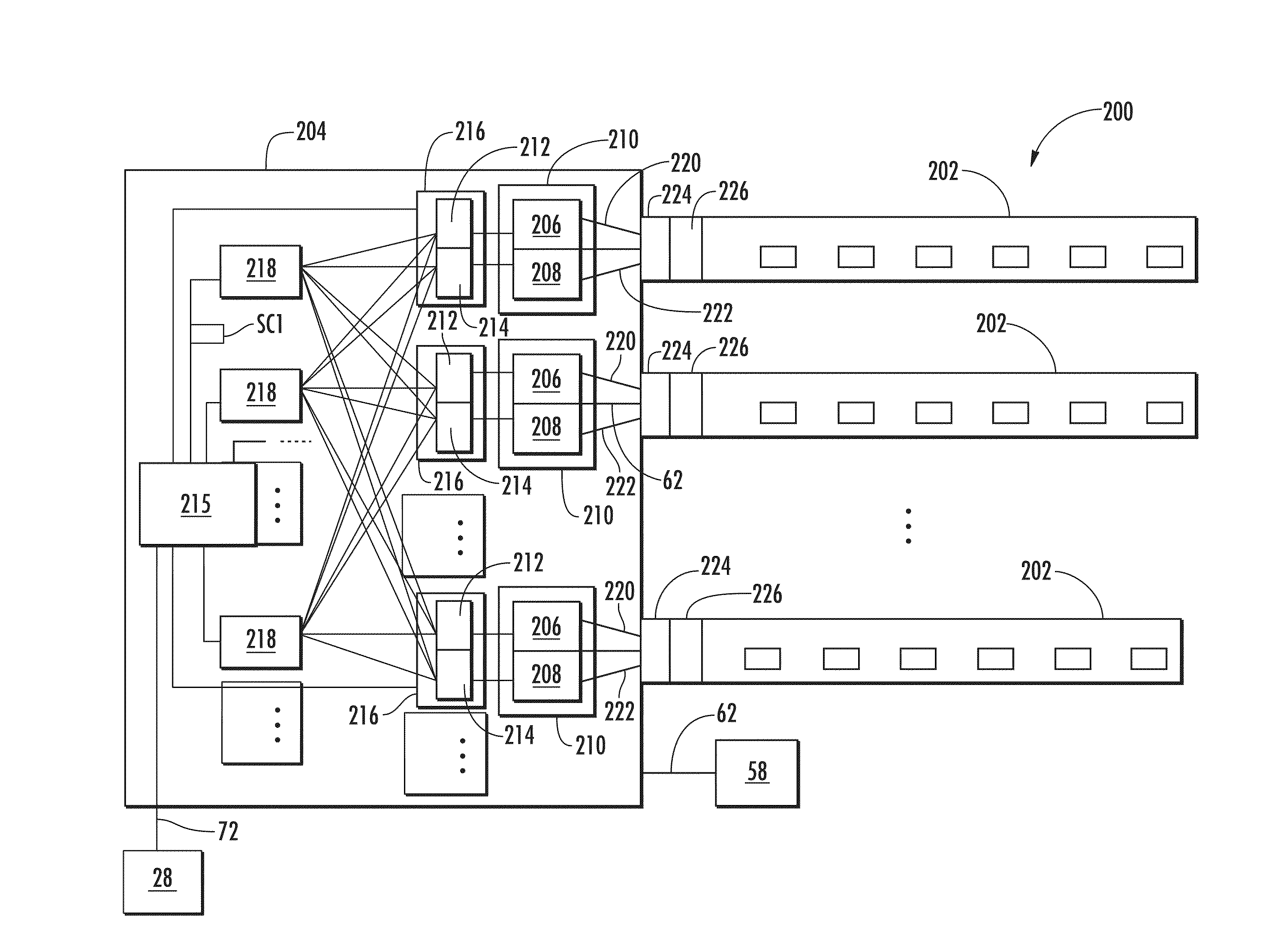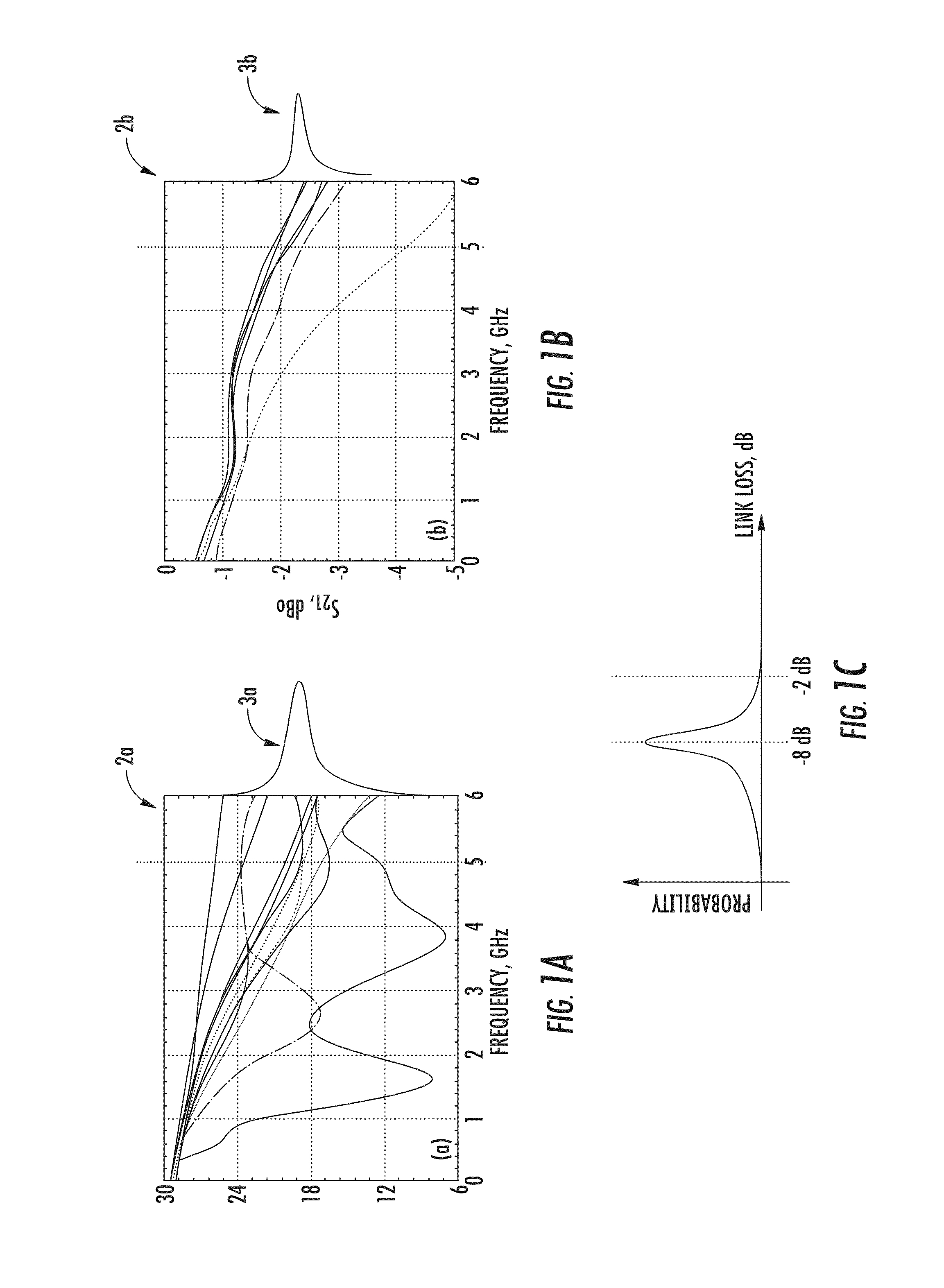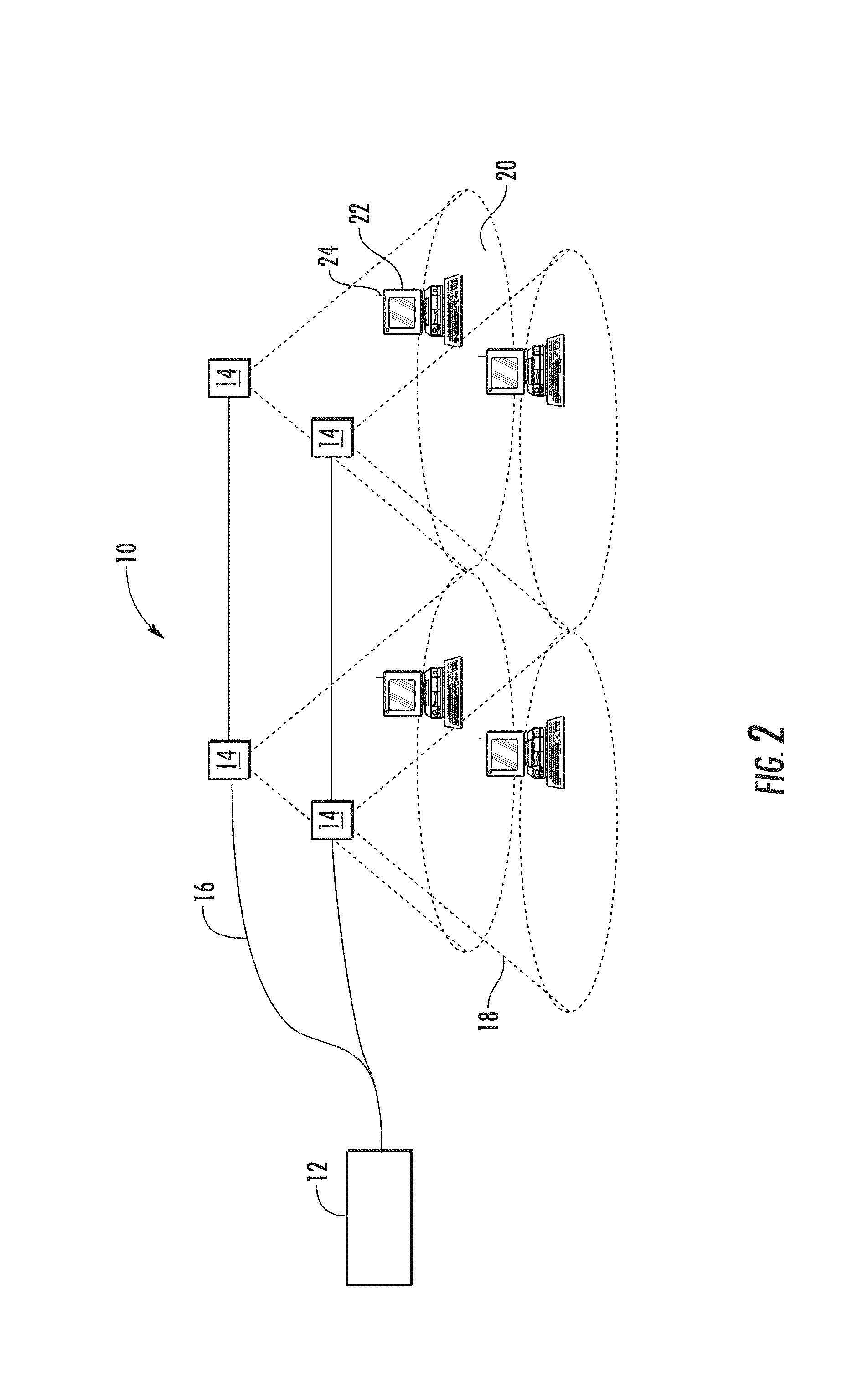Dynamic cell bonding (DCB) for radio-over-fiber (RoF)-based networks and communication systems and related methods
a radio-over-fiber (rof) network and communication system technology, applied in multiplex communication, transmission monitoring, instruments, etc., can solve the problems of varying loss response, fading nature of signal propagation, and impede wireless data transmission
- Summary
- Abstract
- Description
- Claims
- Application Information
AI Technical Summary
Benefits of technology
Problems solved by technology
Method used
Image
Examples
Embodiment Construction
[0012]Embodiments disclosed in the detailed description include communication devices, systems, and methods for dynamic cell bonding (DCB) for Radio-over-Fiber (RoF)-based networks and communication systems. In one embodiment, a method of operating an optical fiber-based wireless communication system is provided. The method comprises determining a first plurality of remote units in a cloud bonded to a communication session, measuring a received signal strength and / or a data rate from each of the first plurality of remote units, measuring a received signal strength and / or an estimated data rate from each of a second plurality of remote units in the cloud not bonded to the communication session, and dynamically bonding one of the second plurality of remote units to the communication session if the measured received signal strength or the estimated data rate of the one of the second plurality of remote units is greater than the measured received signal strength or the data rate of one ...
PUM
 Login to View More
Login to View More Abstract
Description
Claims
Application Information
 Login to View More
Login to View More - R&D
- Intellectual Property
- Life Sciences
- Materials
- Tech Scout
- Unparalleled Data Quality
- Higher Quality Content
- 60% Fewer Hallucinations
Browse by: Latest US Patents, China's latest patents, Technical Efficacy Thesaurus, Application Domain, Technology Topic, Popular Technical Reports.
© 2025 PatSnap. All rights reserved.Legal|Privacy policy|Modern Slavery Act Transparency Statement|Sitemap|About US| Contact US: help@patsnap.com



